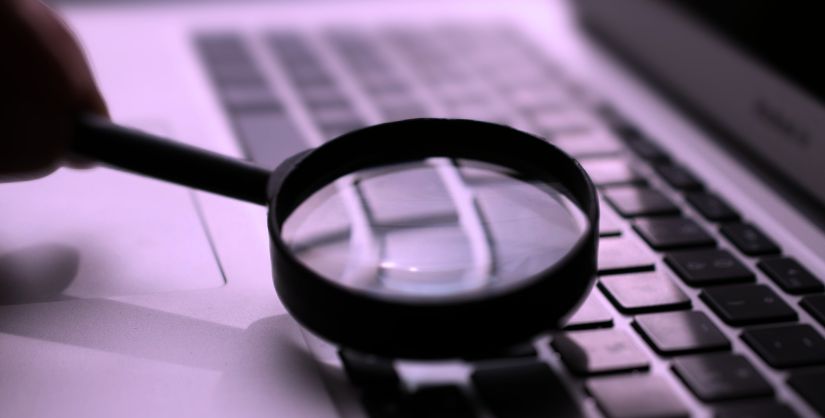As content creators, we stand at a digital crossroads. Every word we craft contributes to a flow of information. This position of influence demands more than just compelling prose. It necessitates a steadfast commitment to truth. Writers are in an environment where the lines between genuine insight and outright falsehood can blur. The ability to rigorously fact-check our own work is a fundamental obligation.
These inaccuracies can have serious consequences. They can undermine confidence in reliable sources. They can skew public discourse. They even incite real-world harm. In today's interconnected world, information travels at lightning speed. Particularly across social platforms, this gives the potential for even minor errors to snowball. Writer diligence in verifying claims is a crucial safeguard.
It's important to recognise that anyone can inadvertently share misinformation. Fact-checking, therefore, is not just a task for journalists. It's a vital skill for every content writer.
Trust your gut, then verify
Sometimes, your intuition can be your first line of defence. Does the information you're presenting just feel right? A healthy dose of scepticism can be your first indicator.
- Does it add up? Does the claim align with established knowledge and logical reasoning? If something seems wildly improbable, it likely is.
- Mind the typos and grammatical errors. This is not always a definitive indicator. However, spelling and grammar is important training for journalists. Poorly presented information can often be suspect. If it's riddled with spelling errors and grammatical mishaps, this can signal a lack of attention to detail. This extends to factual accuracy. Professionalism in language often reflects a commitment to overall quality.
- Watch for emotional hooks. Information can be designed to provoke a strong emotional response. This could be outrage, fear, or elation. This can sometimes be a tactic to bypass critical thinking. Approach emotionally charged content with heightened caution.
- Scrutinise social media sources. If your information originates from a social media account, exercise caution. Have they consistently provided reliable information? A history of questionable posts should raise a red flag.
- Cross-reference physical documents. You might be referring to printed materials. This could be reports or brochures. Always try to corroborate their claims with official online resources. Ensure the information aligns and is up-to-date.
Examine your sources
If you’re writing anything non-fiction, you are bound to refer to other writers’ work. When your information is linked to an external article or website, a more in-depth analysis is required.
Analyse the originating website
Where is this information hosted? Is it a reputable news organisation? A respected academic institution? A government agency? Or a personal blog? Understand the potential biases and editorial standards. Look for "About Us" pages that outline their mission and values. Seek corroboration from sources with established journalistic integrity. Professional journalists operate under codes of conduct. Their work typically undergoes editorial oversight. This ensures factual accuracy and impartiality.
Investigate the author
Who is credited with creating this content? What are their qualifications and experience in the subject matter? Be wary of anonymous authors or those with undisclosed agendas. A credible author will typically have a demonstrable background in the area they are writing about.
Check the publication date
How recent is the information? In many fields, particularly science and current affairs, information can become rapidly outdated. Ensure your sources are current and relevant to your topic. Be cautious of content without clear dates, as it can be difficult to assess its validity.
Consult multiple sources
The gold standard of fact-checking is finding the same information reported consistently by several independent and reputable sources. This indicates a higher likelihood of accuracy. Multiple journalists and fact-checkers have likely arrived at the same conclusions.
Examine visuals critically
Are there images or videos accompanying the story? If so, treat them with scrutiny. Use reverse image search tools. These determine their origin. It can tell you whether they have been manipulated.
Great fact-checking tools
Don't reinvent the wheel. Numerous organisations are dedicated to fact-checking. They can be invaluable resources.
- Full Fact. An independent charity. They are committed to identifying and debunking harmful misinformation. This is across various platforms. It includes claims made by politicians and media outlets.
- BBC Reality Check. This has accessible articles analysing the factual accuracy of trending news stories.
- The Ferret. They are known for rigorous fact-checking by experienced journalists. They have legal oversight where necessary.
These websites are all members of the International Fact-Checking Network (IFCN). This adheres to globally recognised principles of fact-checking. In turn, this ensures a high standard of rigour and impartiality.
Readability enhances your credibility
Beyond factual accuracy, there are other simple checks when proofing. The clarity and quality of your writing notably impact your credibility. Inconsistent spelling and poor grammar can undermine you. Even if you have the most meticulously researched content. Disparities in your English usage is one example. For instance, switching between ‘analyse’ and ‘analyze’. This can be jarring for your reader and raise questions. You reader might wonder about the overall quality and attention to detail in your work. Readable helps you spot these kinds of deviations.
Your information should be clear. It should be concise. It should be grammatically sound. This demonstrates professionalism and respect for your audience. It signals that you have taken the time and care to ensure your message is easily understood and trustworthy. Conversely, poorly written content, even if factually accurate, can be perceived as less reliable.
The responsibility of content writers to fact-check their work is paramount. By adopting a rigorous approach to verification and ensuring clarity in your writing, you contribute to a better online environment. Your commitment to accuracy not only protects your audience from misinformation but also enhances your own credibility.


